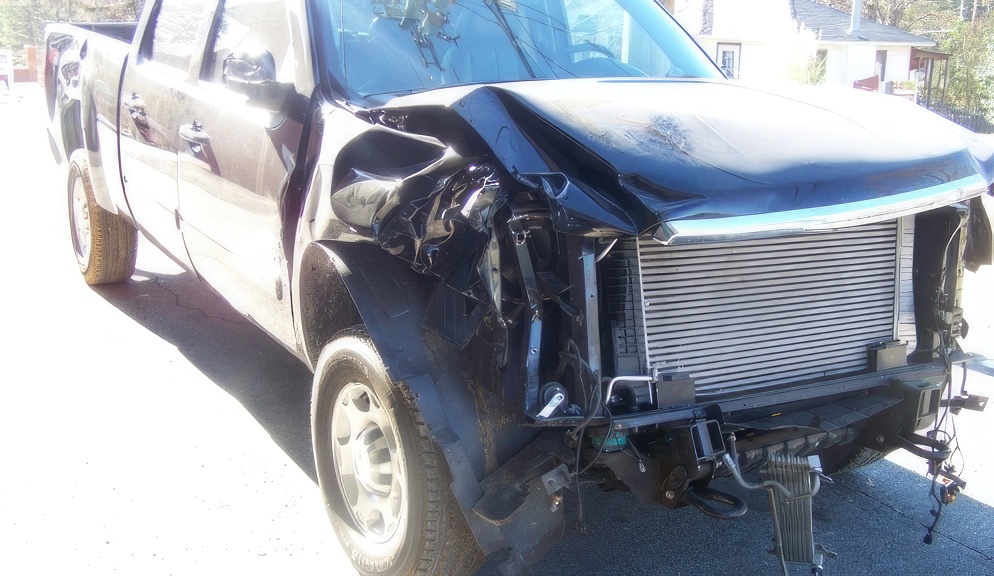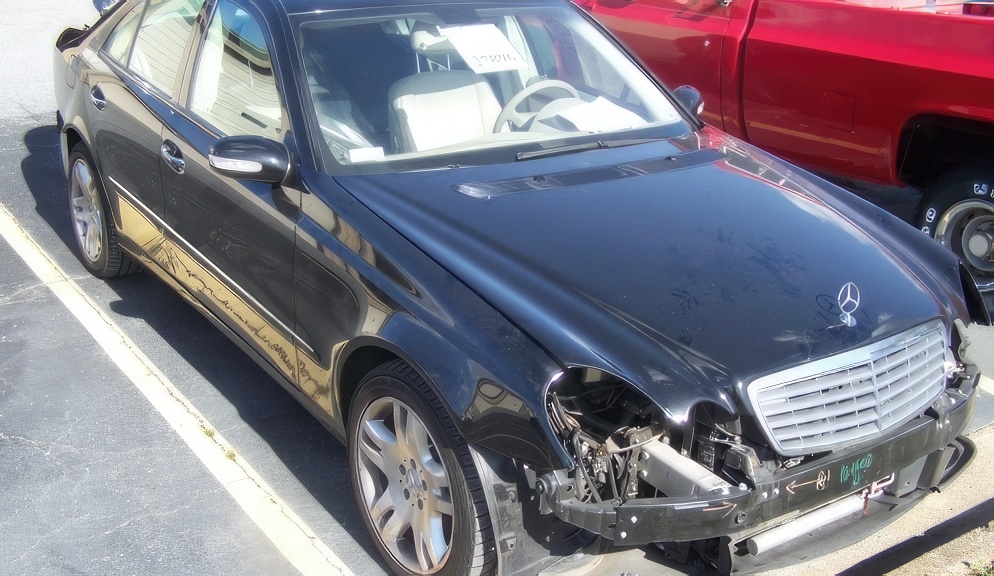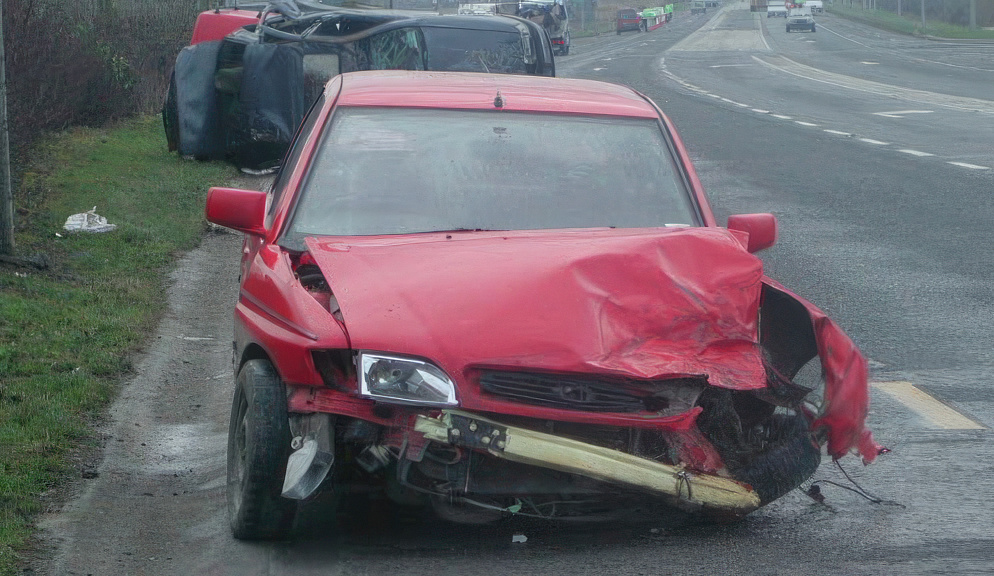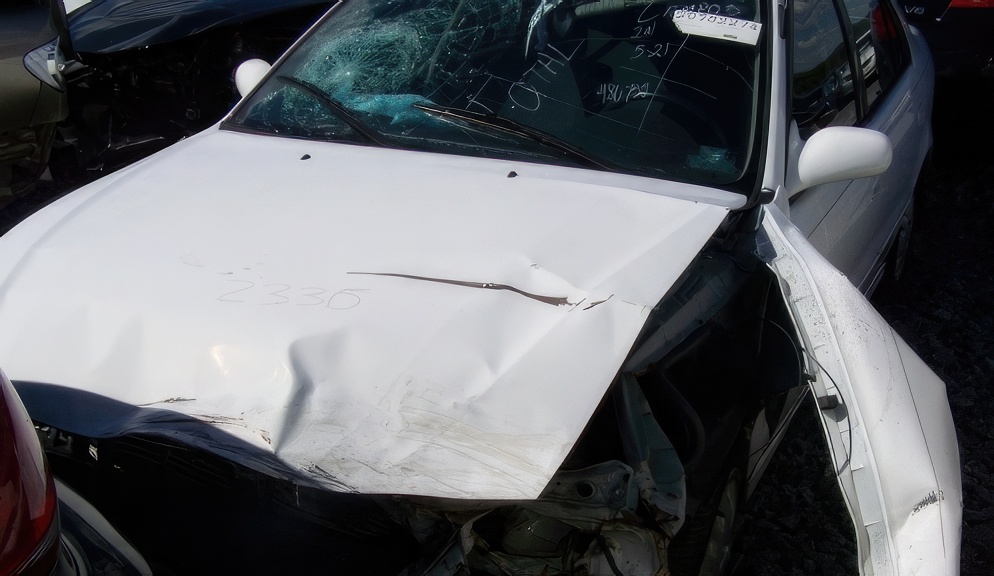Embracing the Legal Voyage of Diminished Value

Entering the realm of diminished value claims can often resemble a voyage into uncharted waters. The legal complexities intertwined with the technical aspects of vehicle appraisal create a multifaceted domain that demands a keen understanding. The premise of diminished value is rooted in the undeniable fact that vehicles, once involved in accidents, suffer a loss in market value. Despite thorough repairs, the stigma of a previously damaged vehicle lingers, affecting its desirability and consequently its resale value. This phenomenon of diminished value is not merely a theoretical concept, but a tangible financial loss that many vehicle owners face in the aftermath of an accident.
The initiation into this voyage begins with a recognition and understanding of diminished value. Acknowledging that your vehicle has suffered a loss in value post-accident is the first milestone on this path. It’s akin to having a compass in hand, pointing towards the pursuit of rightful compensation. This acknowledgement is the catalyst that propels the narrative forward, morphing a vague notion of loss into a quantifiable financial claim. The journey then advances towards the meticulous process of calculating this loss, a phase that demands precision and a well-versed understanding of various appraisal methodologies.
Navigating through the legal aspects of diminished value is akin to steering through the turbulent waters of a vast legal ocean. Each jurisdiction has its own set of laws, rules, and regulations governing diminished value claims. The legal tapestry is rich with statutes, precedents, and nuanced interpretations that can significantly impact the trajectory of a claim. A seasoned legal professional can serve as the seasoned navigator, guiding through the legal intricacies, ensuring compliance with the requisite procedures, and advocating for your rights. Their expertise can demystify the legal jargon, translating it into actionable steps towards a robust diminished value assessment.
As you venture deeper into the legal intricacies of diminished value, the voyage may present challenges and require a fortified resolve. The negotiations with insurance companies, the meticulous drafting of a demand letter, and potentially, the courtroom battles are all integral phases of this journey. Each step is a learning curve, a progression towards a rightful claim, and a stride towards justice. With every negotiation and every legal consultation, the horizon of understanding expands, and the path to claiming diminished value becomes less daunting. The voyage, though complex, is navigable with the right legal counsel, a thorough understanding of diminished value, and an unyielding commitment to justice.
Unveiling The Legal Framework of Diminished Value
Diminished Value (DV) laws vary significantly across different jurisdictions. Understanding the legal framework in your state or country is the first step towards establishing a diminished value claim. It is advisable to consult with a legal professional specializing in auto accident claims to comprehend the laws governing diminished value in your region. Their expertise can provide you with a clear roadmap on how to proceed with your claim, ensuring adherence to the legal prerequisites.
The legal landscape around diminished value is often complex, with each state having its own set of rules and guidelines. Some states are more favorable towards allowing individuals to claim diminished value, while others have restrictive policies. It is thus imperative to have a clear understanding of the laws in your region, as this forms the bedrock of your claim.
Legal precedents also play a crucial role in shaping the diminished value claims process. Previous court rulings in similar cases within your jurisdiction can provide valuable insights into how the laws are interpreted and applied. This knowledge can be instrumental in bolstering your claim and anticipating potential challenges.
Moreover, understanding the legal terms and jargon associated with diminished value claims is essential for effective communication with insurance adjusters and legal professionals. Familiarity with terms such as “Inherent Diminished Value” and “Repair-Related Diminished Value” among others, will equip you better for the journey ahead.
Crafting a Demand Letter for Diminished Value
A demand letter serves as the formal initiation of your diminished value claim. It should be meticulously crafted to include:
- Your personal details and those of the involved parties.
- A clear narrative of the incident.
- The extent of damage and repairs undertaken.
- The calculated diminished value supported by a professional appraisal.
- A demand for compensation for the diminished value.
Real-time Example: In 2018, John Doe from Austin, Texas, following a rear-end collision, sent a demand letter to the at-fault party’s insurance, articulating the diminished value of his vehicle post-accident, validated by a professional appraisal, and demanded compensation accordingly.
The demand letter is not merely a communication tool but a legal document that could be used in court if the claim escalates to a lawsuit. Hence, it’s advisable to have it drafted or reviewed by a legal professional to ensure it adheres to the legal standards and adequately represents your claim.
Moreover, the tone, clarity, and precision of the language used in the demand letter are crucial. It should unequivocally state your claim, the basis for the claim, and the compensation you seek, leaving no room for ambiguity. This clarity will serve you well, especially if the insurance company decides to challenge your claim.
Furthermore, the documentation supporting your claim should be well-organized and easily verifiable. This includes the professional appraisal of the diminished value, repair bills, and any other pertinent documents. A well-documented claim not only substantiates your demand but also portrays a level of seriousness and preparedness, which could potentially expedite the settlement process.
Tax Implications: Writing Off Diminished Value
The possibility of writing off diminished value on taxes is a gray area and largely depends on the tax laws of your jurisdiction. It’s prudent to consult a tax advisor to explore if and how diminished value can be written off in your specific situation.
Tax laws often have specific provisions regarding deductions related to personal property losses, and diminished value might fall under this category. However, the applicability of such deductions may be subject to various conditions and limitations. Hence, a thorough understanding of these laws is essential to make an informed decision.
Moreover, the documentation of the diminished value and the associated claim process could be crucial when exploring tax deductions. Keeping a meticulous record of all communications, appraisals, and settlements regarding your diminished value claim is advisable. These documents could serve as the necessary evidence to support your tax deduction claim.
Furthermore, tax laws are subject to change, and staying updated on the latest amendments and interpretations is crucial. Engaging a tax professional who is well-versed in the current tax laws and has experience with diminished value claims can provide valuable guidance in exploring the possibility of writing off diminished value on your taxes.
The Clock is Ticking: Filing Your Diminished Value Claim
The timeline to file a diminished value claim varies across different regions. It’s crucial to be cognizant of the stipulated timeline in your jurisdiction to ensure your claim remains valid. Legal professionals can provide insights into the timeframe and assist in timely filing to safeguard your rights.
Being proactive in initiating your claim is vital. Insurance companies have their protocols, and delays in filing your claim could potentially hamper your chances of a successful settlement. Moreover, the evidence supporting your claim, such as the condition of your vehicle post-accident and the repairs undertaken, is more compelling when presented promptly.
Moreover, the process of filing a diminished value claim entails various steps, each with its timeline. These include getting your vehicle appraised for diminished value, gathering necessary documentation, sending the demand letter, and negotiating with the insurance company. A clear understanding of these steps and their respective timelines will help in planning your claim process efficiently.
Also, it’s advisable to keep a well-documented record of all communications and actions taken during the claim process. This documentation could be crucial in case of disputes or if the claim escalates to a legal proceeding. Ensuring that you adhere to the timelines and maintain a clear record will place you in a strong position as you navigate through your diminished value claim.
Courtroom Chronicles: Suing for Diminished Value
In cases where negotiations with the insurance company hit a deadlock, taking the legal route by suing for diminished value becomes an option. Engaging a lawyer experienced in diminished value claims is advisable to navigate through the legal proceedings efficiently.
Real-time Example: In 2017, a car owner in Florida sued an insurance company for the diminished value of his vehicle post-accident and won the case, setting a precedent for others in similar situations.
The process of suing for diminished value can be lengthy and entails various stages, including filing a lawsuit, discovery, and potentially going to trial. Each of these stages has its set of legal requirements and protocols. Having a competent lawyer by your side can significantly alleviate the complexities involved and improve your chances of a favorable outcome.
Moreover, the cost of legal proceedings is a factor to consider. While the prospect of a higher settlement through a lawsuit might be enticing, the legal costs involved could potentially offset the benefits. A thorough cost-benefit analysis, guided by your lawyer, can provide a clearer perspective on whether to pursue a lawsuit or seek an out-of-court settlement.
Furthermore, a lawsuit for diminished value is not merely about the monetary compensation but also about establishing a legal precedent. Successful lawsuits can potentially influence the insurance policies and practices around diminished value, making it a worthy consideration for individuals facing resistance in their diminished value claims.
Building Your Case: Proving Diminished Value
Proving diminished value entails a blend of thorough documentation, professional appraisals, and, sometimes, expert testimonies. The cornerstone of your claim is a credible diminished value appraisal from a reputable source. Coupled with repair bills, photographs of the damage, and other supporting documents, you can build a strong case for your claim.
The quality and credibility of the appraisal are paramount. Engaging a reputable professional appraiser who has experience with diminished value claims can significantly bolster your case. Their detailed report, based on a meticulous evaluation of your vehicle and market conditions, provides a solid foundation for your claim.
Moreover, expert testimonies can provide additional weight to your claim. Experts in vehicle appraisal, automotive repairs, or even representatives from car dealerships can provide insights into the diminished value of your vehicle. Their testimonies can corroborate the findings of your appraisal and provide a broader perspective on the diminished value.
Furthermore, being prepared for counterarguments from the insurance company is crucial. They might have their appraisals and experts challenging your claim. Having a well-prepared case, supported by credible appraisals and expert testimonies, will equip you to counter such challenges effectively, improving the chances of a successful claim.
Final Thoughts
Embarking on the path of claiming diminished value can initially seem like a daunting endeavor. However, armed with the correct knowledge and guided by professionals, you can navigate through the legal waters proficiently. The journey begins with an understanding of the legal framework surrounding diminished value in your jurisdiction. Each region has its own set of laws and regulations pertaining to diminished value claims, and having a grasp of these legal nuances is fundamental. Engage a legal professional who can elucidate the legal terrain for you, providing a clear roadmap to initiate and substantiate your claim.
The next pivotal phase is the meticulous crafting of your demand letter for the diminished value claim. This letter is more than just a piece of communication; it’s a potent legal document that sets the tone for your claim. Ensure it’s precisely articulated, encompassing all necessary details and supported by a professional appraisal of your vehicle’s diminished value. The language used, the organization of thoughts, and the documentation provided can significantly influence the course of your claim. It’s advisable to have a legal professional review or draft this letter to ensure it adheres to the legal standards and robustly represents your claim.
As you delve deeper into the process, the question of tax implications may arise. Can the diminished value be written off on your taxes? This is a complex area where tax laws and diminished value claims intersect. Engage a tax advisor who can provide clarity on the tax laws in your jurisdiction concerning diminished value and guide you on whether and how it can be written off. The tax landscape is ever-evolving, and staying updated on the latest amendments is crucial. Your tax advisor can serve as a valuable resource, ensuring you are well-informed and making the right tax decisions pertaining to your diminished value claim.
Lastly, patience and persistence are your allies in this journey. The process of claiming diminished value can be lengthy, especially if it escalates to a lawsuit. However, with a strong case backed by credible appraisals and expert testimonies, the scales of justice could tip in your favor. Your pursuit of a diminished value claim is not merely a personal endeavor for rightful compensation but could potentially set a precedent that may influence the insurance practices around diminished value. Each step you take in this journey, from understanding the legal framework to engaging professionals for appraisals and legal guidance, contributes towards building a robust case for your claim, edging you closer to a fair and just resolution.




